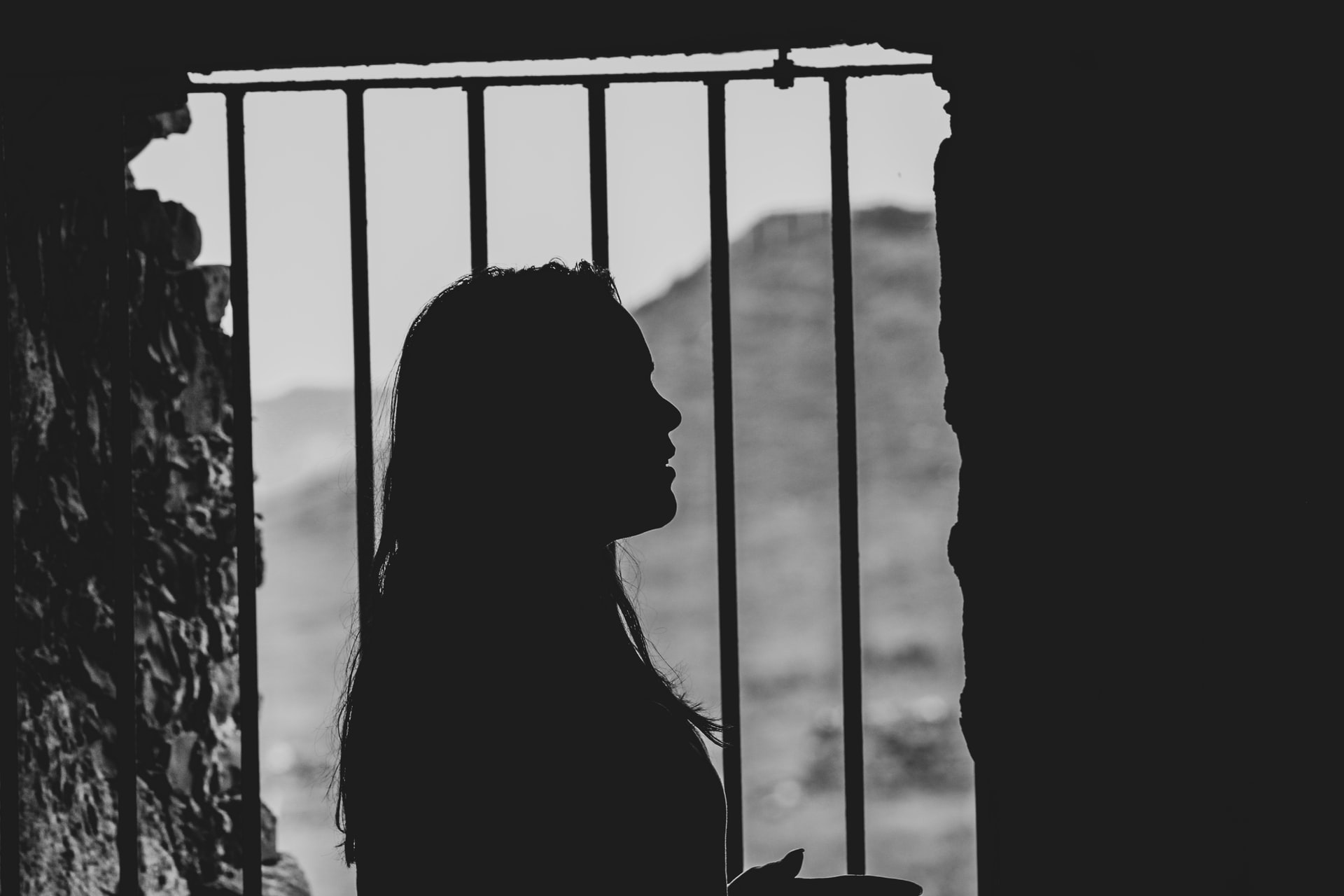At first glance, it would be extraordinary to think of crowds of women behind bars – perhaps because, in the popular consciousness, prison is regularly associated with violence and violence in turn with men. Women do not quickly enter the framework of brutality with which prisons are imagined. Women do not play with guns, they do not use a lot of drugs, they do not usually become criminals, nor are they usually brutal in a physical way and so on. What happens when the perceptions we have as a society collide with reality, evidence, and numbers? We tend to make up stories, to classify people into different categories, to form an opinion about everything.
In the case of women behind bars, the cruel reality is that the number of women in prison throughout the world is far greater than most of us would have imagined. It would make a lot more sense if most of those women had committed serious crimes – but no. The majority of female prisoners are convicted of non-violent crimes. Some are pregnant, some are drug addicts, some are mothers, and some are extremely poor. In other words, the adjective ‘criminal’ has replaced that of ‘victim’. I will start in the United States, the female incarceration champion, then continental Europe, and finally the United Kingdom. The number of women and the crimes for which they have been convicted is remarkable.
Female Imprisonment in the United States
The United States of America is the country with the highest rate of female incarceration in the world. Even though it only represents 5 percent of the world’s population, this country has about 25 percent of prisoners in the world. In addition to the highest level of incarceration overall, globally, the United States has the highest level of women in prison. In the last two decades there has been a significant increase in the number of female prisoners. According to reports from the Civil Liberties Union and the Bureau of Justice Statistics, more than one million women are under the supervision of the criminal justice system in the United States, if we take into account all forms of correctional supervision.
What is more impressive is that the vast majority of female prisoners were convicted of non-violent crimes. The number of drug-related offences is the most common cause for a woman to end up in prison, far surpassing forms of criminal violence or other forms of public offences. One of the most significant factors why the number of female prisoners has grown in the United States is the war on drugs. After the passage of the Ronald Reagan Drug Abuse Act in 1986, the number of women convicted of non-violent crimes increased significantly. Part of that Act included the introduction of mandatory minimum sentences for minor drug-related offences.
The war on drugs and unjustifiably harsh sentences affected women more than men, causing the total number of women to grow 4.8 percent compared to 3.8 percent for men, according to information from the Bureau of Justice Statistics. From 1999 onwards, 72 percent of women in prison were incarcerated for drug-related crimes. A large number of prisoners are mothers who lack the necessary specific treatment. About two-thirds of female convicts have at least one child, and 77 percent of those mothers were the main, if not the only, provider of childcare before going to prison.
It is incredible that, in some states of the Union America, women are still chained while pregnant. This is how they remain during medical visits, preventive consultations, and court appearances as well as during childbirth, with the justification that this is necessary to prevent them from escaping. Who can give credit to the fact that the leading country in science and technology, and supposed guide in ensuring the existence of democracy and human rights, can allow the practice of chaining? We could assume that such practices still exist in developing countries, where human rights are sometimes not respected, but who would believe that the United States still uses these? Another example of how reality trumps imagination.
RestoreHER US.America – a beacon of hope
Hope is in sight as long as organizations like RestoreHER US.America exist. The non-profit organization, led by the defining role, influence, and leadership of Pamela Winn is a pioneer of rights of incarcerated women. The organization has campaigned and vouched for right sand security of incarcerated women in the country. The organization champions the rights of those who are powerless and fall victim of the gaps in the Criminal Justice System. Winn, the founder of the organization led a monumental role in the passing of a federal legislative, barring shackling of women in prisons. It was part of the anti-shackling movement which Pamela Winn executed, and her organization came to surface as a support system for incarcerated women in the country.


